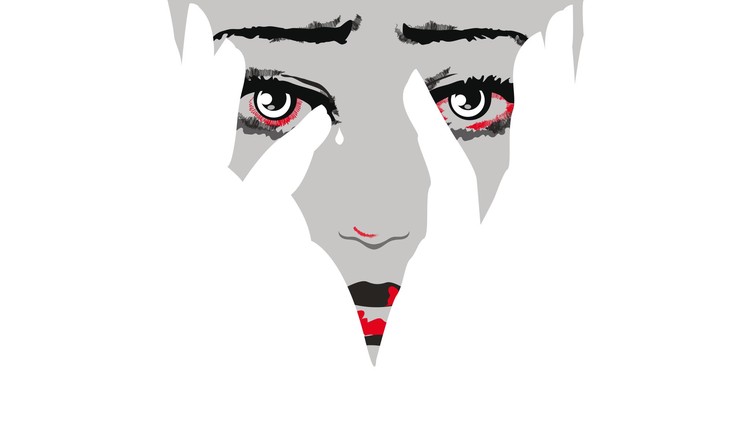We sometimes like to think that our minds work all as one whole – but parts of us may not agree with that!
Even in everyday experience, we may notice conflicts within ourselves. Part of us wants to keep working, while another part thinks we have done enough for today. Part of us wants to stay in the relationship, while some other parts have had enough. Part of us wants to stay on the diet, while another part is eyeing the chocolate cake.
But what is the relationship between these everyday “parts” and the experiences that get called psychosis? And how might treatment for psychosis be different if we better appreciated the role of parts and worked explicitly with them?
Those are questions I addressed in a talk I gave at the 2022 ISPS-US Conference, the recording of which is below. Here’s the title and description for the talk:
Integrating CBT for Psychosis with Parts Work and Internal Family Systems
Cognitive Behavioral Therapy (CBT) for Psychosis has proven its effectiveness in over 50 research studies, and its methods are relatively straightforward. But the human mind and experience is full of complexities, contradictions, polarities, and multiplicities: is it possible that CBT is simply “too straightforward” to address all of this?
Meanwhile, therapies have been developed that explore the many possible “parts” of people and the relationship between those parts: for example, Internal Family Systems (IFS). These approaches provide a coherent way to dive below the surface and to work with internal complexity. However, their application to the field of psychosis is still new, is not well researched, and it is often unclear how they might best be applied in specific situations or to address the various dimensions of psychosis.
This presentation explores the possibility of integrating CBT with deeper approaches such as IFS that acknowledge the existence of distinct and partially autonomous parts within people, and complex internal relationships between parts. Ways of resolving the conflicts and contradictions between CBT and IFS are explored, and possible areas of synergy are identified. The aim is to show how therapists might draw from the best of both approaches to provide people experiencing psychosis or extreme states better opportunities for healing. People have both surfaces and depths: isn’t it possible that therapy can work with both, in an integrated way?
For those interested, here are a couple of other recorded webinars that I participated in related to IFS and psychosis.
The first is an introduction to using IFS with states of mind that could be called psychosis – the presenter is a Level 3 IFS practitioner, Stephanie Mitchell.
The second one is more of a discussion between Stephanie, another IFS practitioner named Thomas Holmes, and myself, about some of the issues that come up when using IFS in these areas:



